A nail-biting finish to Flipkart’s Big Billion Days sale
By Pankaj Mishra and Jayadevan PK
Epilogue: On midnight Thursday, Flipkart finished its Big Billion Day sale — its fourth on a trot. The company, along with Myntra and Jabong, sold 15.5 million products. Over 100,000 customers shopped for goods worth more than Rs 50,000. About 2.5 million smartphones were sold, exceeding weekly total smartphone sales in India. On October 3, the second day of this year’s Big Billion Sale, gross value of products sold topped Rs 1,400 crore, that is more than twice the value of goods it sold during all of Big Billion Day sale last year.
Amazon, its closest rival sold 15 million units (one in every three orders were for Prime, its annual subscription service for cheaper delivery and on demand video). The company, however, did not disclose the value of goods it sold. Delhi based Snapdeal said it sold 11 million units during its five-day sale, without disclosing the total value of goods it sold. (These numbers are big for Flipkart and Indian e-commerce but pale in comparison to ecommerce in China. For instance, in 2015 November Single’s day, Alibaba sold goods worth $14.3 billion.)
The 2016 online festival sale battle seems to have been won squarely by Flipkart, reversing recent hits it took under an onslaught by Amazon. It will bring the mojo back to the company and increase the cred of CEO Binny Bansal in the company and among its backers.
This is the story of how the 2016 Big Billion Day was put together by a handful of Flipkart managers.
It’s a few minutes before midnight. Binny Bansal, the 33 year old co-founder and CEO of Flipkart, climbs up on a table in the central hall and starts clicking pictures of the audience on his iPhone 6 plus. Employees have crowded around the table making the ‘sign of the horns’, a hand gesture popularised by Ronnie James Dio of metal band Black Sabbath.
The atmosphere is that of a rock concert. The audience, mostly young millennials in their twenties and a few grey hairs are huddled in different corners. They are carrying cans of Red Bull, Coke and bottled water, taking selfies and screaming out every now and then.
This is going to be a long night. Flipkart’s Big Billion Days sale, the biggest sale on its annual calendar, is about to start.
Some context, first. India is the world’s fastest-growing major economy in the world and, arguably, is the only bright spot in a waning global market. Private consumption is the prime driver in that economy and retail demand is booming with predictions that it will more than double to $1.3 trillion by 2020. Malls, hypermarts, and department stores that comprise the so-called organised retail sector — just 8% of total retail sales in India — are struggling to acquire a meaningful and sustainable share of the barrelling business. It is online retailers such as Flipkart, Amazon, Snapdeal, ShopClues, and even newbie Big Basket that are busy drinking from the Indian retail firehose. Brokerage firm Morgan Stanley estimates that India’s ecommerce market will grow to $119 billion by 2020, from about $15 billion now.
Flipkart, for all its bets gone wrong and an aggressive Amazon breathing down its neck, is the horse still leading the race.
Back to the pumped-up 200-and-something Flipsters (that’s what the e-commerce company’s employees call themselves). Just before the clock hits 00:00 hours October 2, the crowd starts its countdown. It could well be New Year’s eve on Bengaluru high street Brigade Road. 10, 9, 8, 7… 3, 2, 1, zeroooo…! The loud, long roar reverberates across the floor. It is hard not to soak up some of the energy in there.
We are inside Flipkart’s 11-storied office on Bengaluru’s outer ring road. It’s a massive campus called Cessna Business Park housing some of the biggest tech companies including Cisco. Along with our colleagues Rajesh Subramanian and Nikhil Raj, whose storytelling craft is visual, we are on the ground to capture what Flipkart’s biggest critics are calling “an acid test” for India’s biggest startup.
MISSION BBD
Outside the central hall on the first floor, where most of the action is taking place, there are “war rooms” named after some of the biggest sports icons: Tendulkar, Federer and so on. The biggest of these rooms is called “The Olympics.” It is right across a flight of stairs leading to the floor.
The Olympics is the command centre for the Big Billion Days (BBD) sale. Inside, a crack team of Flipkart leaders including Kalyan Krishnamurthy, Samardeep Subandh, and Saikiran Krishnamurthy is on to analytics of the sale. CEO Bansal walks into the room and settles down in front of a giant screen which throws up numbers and charts.
Flipkart’s Big Billion Day sale is officially open. Now in its third edition, it’s bigger than ever. The stakes are higher than ever. Both Amazon and Snapdeal are running discounted sales during the these days: Amazon’s Great Indian Festival runs October 1 to 5 and the Unbox Diwali Sale of Snapdeal October 2 to 5. And Bansal just can’t afford to lose this time.
“We have to execute relentlessly. Make sure customers are getting the right selection, experience and delivery speeds,” Bansal tells us in an interview in the wee hours of Sunday, October 2. It’s been two hours into the sale and nothing is broken yet.
The idea of creating an annual discounted sale event, according to Bansal, came up when he was in Dubai along with Krishnamurthy, a top executive from Flipkart’s biggest investor Tiger Global, in 2013. Bansal remembers listening to an ecommerce entrepreneur who was planning to do ten to twenty times of normal sales during its “single’s day” sale.
“At Flipkart we should do at least 20x I remember saying,” recalls Binny. And that’s how Flipkart planned its first ‘Big Billion Day,’ a Black Friday equivalent. (Black Friday is the day after Thanksgiving Day in the United States when the Christmas shopping season kicks off.)
But, it was a disaster. Nearly 1.5 million customers ended up buying from the retailer on October 6, 2014. At Flipkart, they were underprepared. “People were expecting 5x what we got was 30x,” says Bansal. It literally broke Flipkart. Stocks ran out pretty quickly, cancellations were high, the website couldn’t take the traffic, warehouses got cluttered, it was mayhem at air cargo locations… . Customers were mad.
Sachin Bansal, then CEO of Flipkart, had to apologise to customers. “…though we saw unprecedented interest in our products and traffic like never before, we also realized that we were not adequately prepared for the sheer scale of the event,” he wrote in a letter to customers.
Yet, Flipkart sold goods worth over $100 million in its first BBD. Its 2015 BBD didn’t have the outages of the previous years but it had its limitations because it was an app-only sale. Still, it sold goods worth over $300 million in its second BBD.
Since then, Flipkart has been through a lot. The company has restructured the organisation twice, many old timers have left, and competition from Amazon has intensified. To top it all, the market had started to stagnate. As we wrote earlier, online retailers had shipped about 26 million units in the April-June quarter, just about the same as the previous two quarters. Bansal says this worries him and insists it is up to Flipkart, as the market leader, to lead efforts to grow the market again.
The festival online sales are an important push in that revival. According to industry estimates, nearly one third of India’s online sales happens during India’s festive season starting at Navratra and running up to Diwali, which falls on October 30 this year.
SPRINTER ON A MARATHON
Most of the buildings on the campus are dark with limited security lighting. Flipkart’s technology headquarters is well lit with dozens of cabs parked outside to ferry employees at odd hours. An ambulance is stationed nearby. The Hatti Kappi stall inside is doing brisk business. Nearly 200 mattresses have been brought in for employees to catch a nap when caffeine stops working.
But sleep is not on anyone’s mind. Everyone in the building is in mission mode. The glass doors of all the conference rooms are marked as “war room” for different functions ranging from marketing to supply chain and seller services. There are five giant screens in the central hall splashed with numbers, counters and coloured line graphs showing sales of different products.
A team of Flipsters has been working on the BBD project since June this year. (BBD is short for Big Billion Day.) It has been trying to apply all the learnings from past failures. Like in all battles, it all comes down to planning, details and foot soldiers. Flipkart, too, relied on its young team of consumer marketeers, crack engineers (many hired away from companies such as Google), and its homegrown logistics arm, eKart, to pull it off.
Smrithi Ravichandran is the General officer commanding of BBD 2016, who is charge of all parts of the sale reporting into her, even those parts run by people senior to her. A 31-year-old consumer marketing professional, who joined Flipkart in September 2011, Ravichandran has got it all covered for what is her third BBD sale. For four months now, the mother of an 18-month-old has been obsessing over an Excel document with over 200 line items from across different functions. She says she has spent day and night since she took the BBD role in June ensuring everything works in sync.
Ravichandran started picking and putting together a team for this year’s BBD sale right from the word go. “I spend a lot of time watching people in meetings and taking feedback on them.” She carries angst common to working mothers. “A few weeks ago, my son called me “aunty”, that’s how little time I have been spending with him,” she says.
As we talk, she talks about how she took up the Flipkart job five years ago. When a Flipkart headhunter called her, the first reaction was like “what’s ecommerce and who really does that?” Later she met Ankit Nagori (Flipkart’s Chief Business Officer who quit along with Myntra founder Mukesh Bansal in February 2016), followed by a meeting with Binny who she didn’t recognize at first.
The 2014 BBD fiasco and the underwhelming effort the following year has helped Flipkart with lessons in what not to do. “We dream even now, but with much more business insights and learnings than ever before,” says Ravichandran.
Her experience of working in various teams across categories helped her get ready for this year’s big sale, Ravichandran says. The BBD 2016 sale was a record measured in more ways than one. For her, it meant scaling up marketing, beefing up supply chain, fortifying technology, helping the seller ecosystem, and keeping the spirits of employees high. “It’s a lot of moving parts,” she says.
Indeed. It not only requires Flipkart to be ready, but also sellers, their manufacturers, truckers and flight operators need to be ready. The company uses buyer data gathered from its website and app to tell sellers on its platform what kind of clothing is trending, to start with. It then helps them raise loans, find manpower, and even source material from China.
This year, the sale started on a weekend. The idea was to push large appliances, fashion and furniture. Such purchase decisions are usually made after buy-in from the whole family, which Flipkart believed was best done on a weekend when all family members are likely to be together. XXX
Company insiders and experts, at least four of them FactorDaily interviewed said the target has been to sell goods worth $500 million, almost $100 million during each of the five days of sale. Flipkart, however, said at the end of the sale that it exceeded internal targets by 40%. Early on, there were doubts, from the ranks of newer Flipkart employees, if such numbers could be pulled off, especially because e-commerce hasn’t grown a lot in the last year or so.
For Ravichandran, the event is not just about numbers. “It’s also about converting ambitions you have about expanding the market and you can’t think small,” she says. Ravichandran, who is a gold medalist from IIM-Kozhikode and has competed in national level athletics while in school.
Some of those learnings included ensuring adequate technology infrastructure so the website and app doesn’t crash during peak hours, and with hundreds of thousands of users attempting to buy at the same time.
On the logistics front, ensuring that the products reach consumers in time is perhaps the biggest challenge. It involves lining up everything from cargo planes to trucks, two wheelers and tempos. CAN WE GET NUMBERS TO SHOW THE ENORMITY AND COMPLEXITY.
We meet Ravichandran at 9 pm on October 1, three hours away from the BBD. She looks remarkably poised but you can sense a little anxiety and fear of failure inside her. She’s hoping that her team of top Flipsters from across different functions will help steer through the big day(s).
Three days into the BBD and Ravichandran is feeling like she is up for another BBD. “I’ll be back on Wednesday,” she says on phone late Thursday evening. That’s a day off on Friday before slipping into a long weekend thanks to the Durga puja holidays.
ENGINEERING AT SCALE
While we stand around and interact with Flipkart employees at midnight, we keep running into Binny. Right after the sale goes live, Binny walks up to us and shows his mobile screen running the Flipkart app. “We’re doing great, no signs of any breakdowns,” he says, smiling. During the first five minutes, Flipkart received the highest ever traffic in terms of concurrent users looking to buy products online, ten times more than any given day, the company later said in a statement.
At the core, Flipkart is a massive engineering operation. Some of the biggest hits and even the misses can be attributed to how good or bad its engineering decisions have been. Take Flipkart’s disastrous “app only” strategy from a year ago, for instance. The dogged stance of only allowing users to buy through its app, Flipkart lost out on an opportunity to gain from struggling rival Snapdeal’s losses. Amazon ended up gaining share from Snapdeal’s losses.
Later, Flipkart hired a new breed of engineering talent from the Valley, most of them from Google, led by Punit Soni. That backfired as well.
Things are slowly beginning to change under Flipkart’s new engineering head Ravi Garikipati and Binny’s determined execution drive with the aim of getting customer experience back on its feet.
Surojit Chatterjee, a former Googler who joined Flipkart in November 2015, shows us a new feature developed by the engineering team that helps the company offer exchange offers for old phones on the fly. If an iPhone 6 user wants to trade in her phone for a new iPhone 7 on Flipkart, the feature runs checks on the existing phone to offer the best price. The software runs a check on several parameters such as battery, camera, Wi-Fi, volume button, GPS and speaker condition to determine the phone’s health. Earlier, the phones had to be returned after realising that the exchanged products weren’t in working condition. Chatterjee used to lead product development for Google’s mobile advertising and search business.
Amar Nagaram, vice president of engineering in charge of customer experience across different products, says the company has learnt its lessons from the failed app-only strategy and even in coping with the challenges involving technology infrastructure. “We cannot go down, it’s like a dead end for our customers,” he says. Nagaram, who worked at Walmart Labs for four and half years in the US before joining Flipkart, calls it a “code red” situation.
With over 100 million registered shoppers, the number of concurrent users trying to buy at the same time can be quite high, and unmanageable if not adequately planned for. Flipkart has mobile apps that run on Android and iOS, a progressive web app for mobile phones and a desktop website. “The last two BBDs taught me what to look out for,” Nagaram who leads a team of nearly 60 engineers who develop and support customer facing products at Flipkart.
Doing stress tests across server and other technology infrastructure was among several things on his to-do list. For instance, when multiple people are trying to buy the same item, the database which keeps a record of stocks has to be updated in near-realtime. The latency, or delay in updating the record, can create confusion as two different customers might end up ordering the same unit.
In 2014, for instance, the focus was on customer experience and that led to packing in too many features. Now, the focus is on redundancy and Plan Bs, just in case things don’t go as projected. For instance, during peak hours and unmanageable loads, some of the features such as recommendation do not load. “If recommendations degrade, we show fewer recommendations,” said Nagaram.
A big bottleneck to digital adoption in India is the internet bandwidth. With an average connection speed of 2.8 Mbps, India is ranked at 115th position worldwide. Flipkart has shrunk the size of its Android mobile app to almost 5.6 MB, which it claims makes the app the lightest among ecommerce apps.
In BBD 2016, the site didn’t go down. Isitdown.com, which keeps track of websites that go down, says the site hasn’t gone down in the last seven days. This, strictly speaking, may not be true if one is to go by screenshots of server down messages for Flipkart, as also Amazon and Snapdeal posted on social media by users.
The last mile
The last few days have been a blur for Saikiran Krishnamurthy whose job is to make sure that the goods you order on Flipkart reach you in time. In the last two weeks, he’s been to Flipkart’s offices from Dankuni in Kolkata to Bhiwandi in Maharashtra. He made over 20 such visits, talking to the rank and file and taking stock of things.
Krishnamurthy, a former McKinsey consultant cannot stop showing pictures of iPhone packages, electronics goods and even kitchenware, all packed up and lying across Flipkart’s massive warehouses –17 of them in all and with a spread of over four million square feet in expanse. Over one million square feet of warehouse space was added over just past few weeks, Krishnamurthy says. The warehouses are bursting at seams. “Everything at the supply chain is working at five to ten times the average scale.”
E-kart, the logistics arm of Flipkart that Krishnamurthy oversees, serves 5,000 pincodes in 700 cities. E-kart employs more than 30,000 people and also uses third party logistics players like Bluedart to deliver orders. “Our supply chain is built to serve with 99% reliability,” he tells us. Krishnamurthy has even put in place a Plan B of sorts, in case there is there are floods, heavy rains or a natural calamity. He’s been poring over weather reports and flight charts to book cargo space for Flipkart’s goods.
Every time a package gets out for delivery in a warehouse, it has to pass six checks and a machine prints out a pink colored slip. The six checks include packaging, product specifications, product ratings, return ratio of the item, the seller’s ability to fulfil the order, and committed timelines.
The entire process is powered by an algorithm developed by a team of Flipkart’s data scientists, which ensures that all variable factors including cancellations and quality are captured and accounted for. The promise is that each of the packages with “Flipkart Assured” badge will be delivered two to four days of the order.
“The pink slip for each package is like getting fired from the warehouse,” Krishnamurthy says jokingly. On Wednesday, we visited Flipkart’s delivery hub near HSR Layout in Bengaluru. Wishmasters, as Flipkart calls its delivery staff, are working double shifts to clear packages from the hub.
Flipkart has added nearly 10,000 temporary workers across India to help with last mile delivery. These included local kirana shop owners and people who had spare time to deliver packages and earn some money. “It’s an Uber for delivery,” says Krishnamurthy.
On Thursday evening, the last day of the sale, Krishnamurthy told FactorDaily on the phone that the company has already delivered nearly one million orders. But the job is still far from finished. With holidays coming up, a lot of goods are likely to pile up because customers don’t tend to be at home.
A seller’s market, also the buyers
Paroma Chatterjee has been working on getting sellers ready since BBD 2015. There are nearly 100,000 sellers on the Flipkart platform now, she says. At the time of the last BBD sale in October 2015, the company had 50,000 sellers. Typically, some 80% of sales on Flipkart comes from 20% of sellers. One of the challenges Chatterjee has been able to deal with is to get sellers to foot the cost of discounting. “Last year the regulations allowed us to discount on behalf of the seller. Now the entire discount has to be footed by the seller,” says Chatterjee, who came to Flipkart from phone services leader Airtel.
One thing that stood out in BBD 2016 was that Flipkart was able to offer some great deals — it had the lowest price for popular phones such as XXX and XXX while Amazon had a lead in the consumer electronics category, according to RedSeer consulting which studied prices across the three top ecommerce companies on October 2 and October 3.
Working with sellers also means criss crossing the country — from Amritsar to Tirupur. “We cover a lot of clusters, manufacturing hubs,” says Chatterjee. Once you have a seller, you need to train him and help him source, raise capital, and, generally, handhold him. Every week, nearly 3,000 sellers reach out to her team wanting to sell on Flipkart, according to Chatterjee. For context, Snapdeal has 300,000 sellers on its platform, of which only 66,000 sellers made a sale.
BBD: Big Binny Day
Two hours after the sale kicks off we meet CEO Binny Bansal in a small conference room. Wearing a green hoodie and a pair of jeans, he sits cross legged looking overwhelmed. When Binny and Sachin started Flipkart in September 2007, they were only xx small and didn’t think they would come this far. The nine years have been stupendous.
“The next nine years are going to be completely different,” says Binny.
Even raising additional funding for instance, will not be a purely financial decision. “We will look for strategic partners,” he says. (See XXX for the full interview.)
So, are the talks with Walmart on and can it turn out to be a strategic move? “…all this talk of Walmart investing in Flipkart — is it a case of all smoke without fire,” we ask him. “Is there fire, is there smoke? At the moment it’s neither of those,” he replies, laughing. (Both our question and his answer were in Hindi.) As we wrote, Alibaba talks seems to have taken the backseat in talks for a stake in Flipkart since Walmart showed interest few weeks ago.
A partnership with a Walmart or an Alibaba or someone else strategic is only a matter of time for Flipkart. It will need the backing of the deep balance sheet of a strategic partner to be able to ward off rival Amazon. The next few years will tell how that plays out. For now, Binny can breathe easy. The first Big Billion Day under his watch as CEO went off spectacularly well. He has now to continue that springboard jump into continuous growth faster than the market and, of course, Amazon.
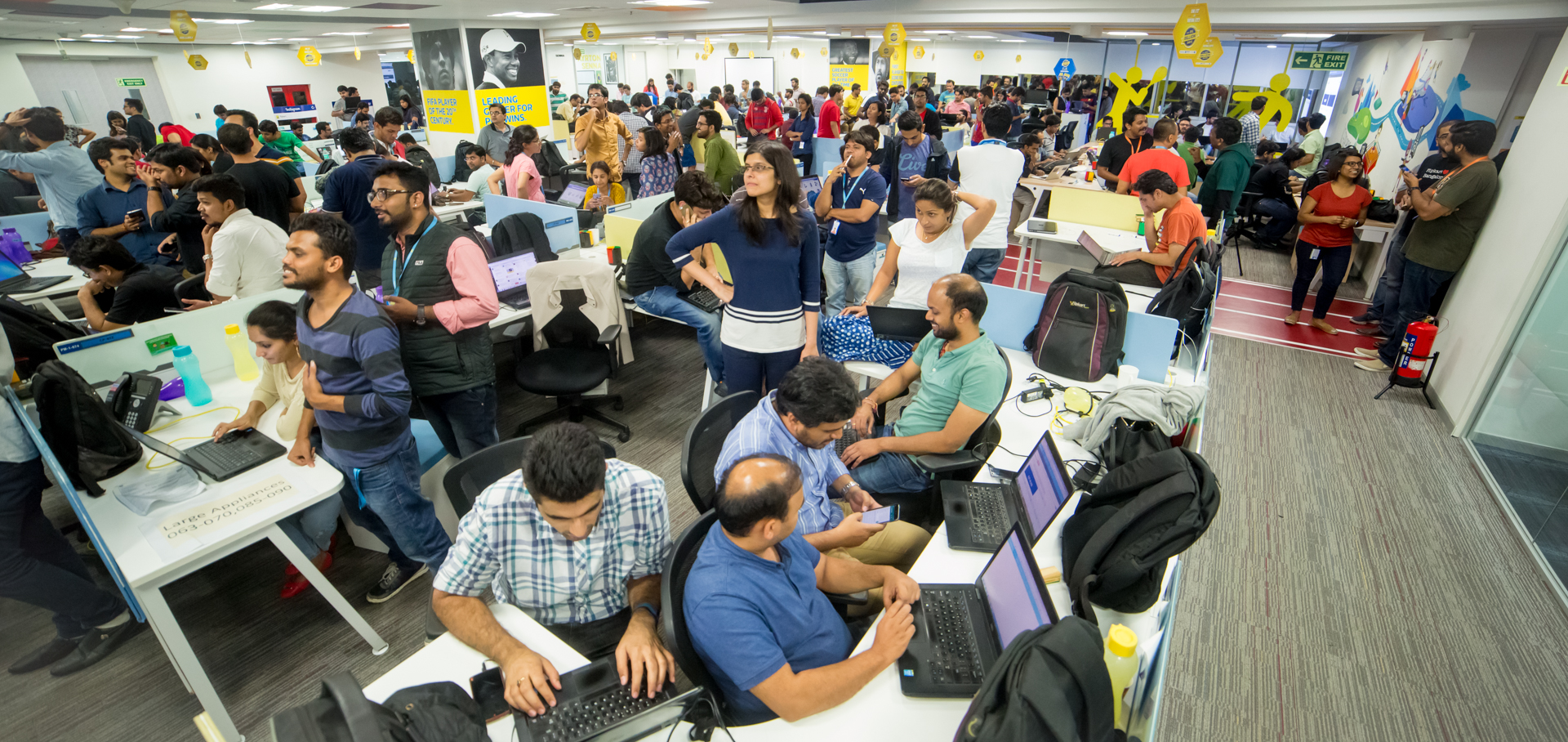
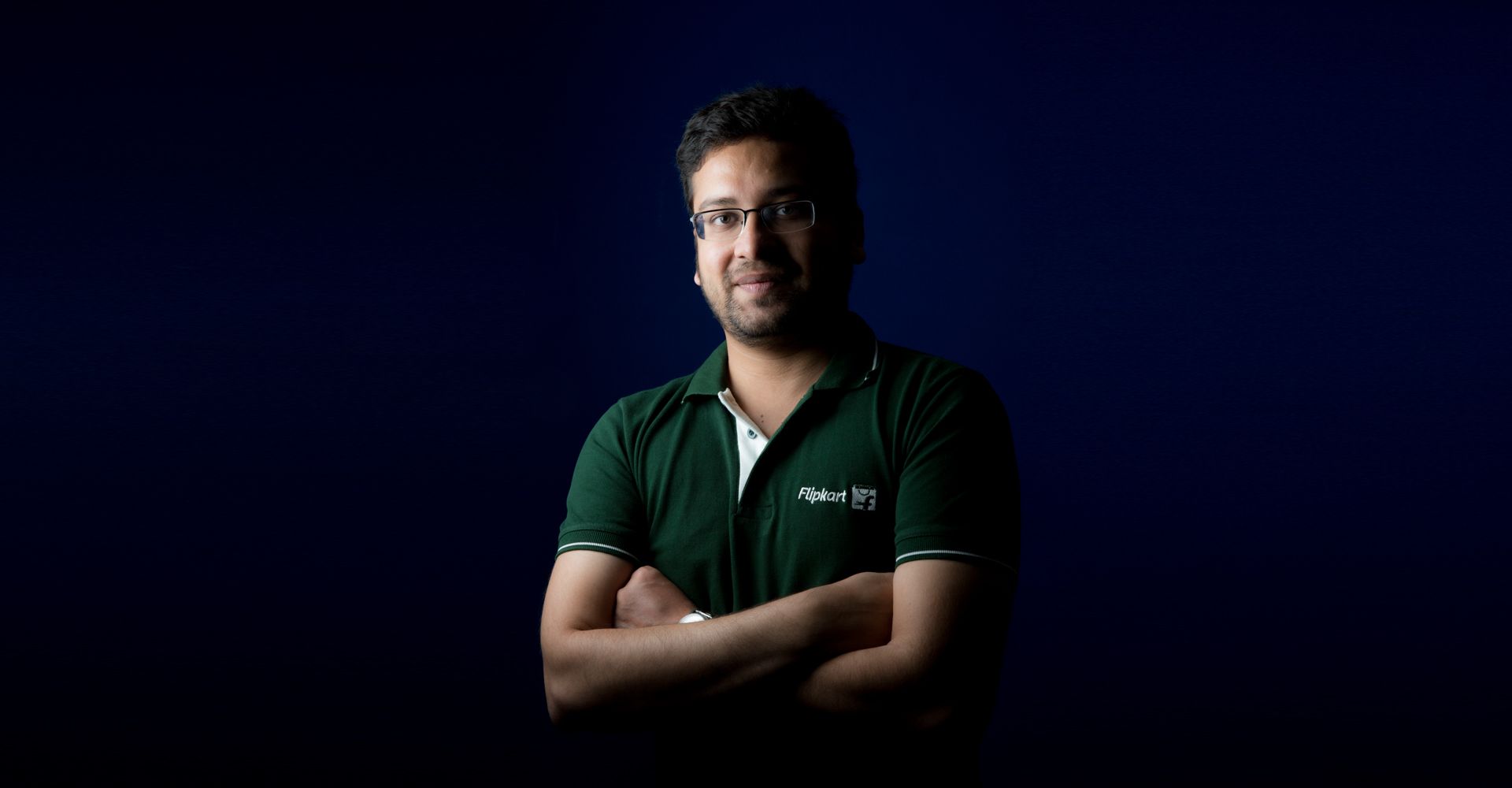
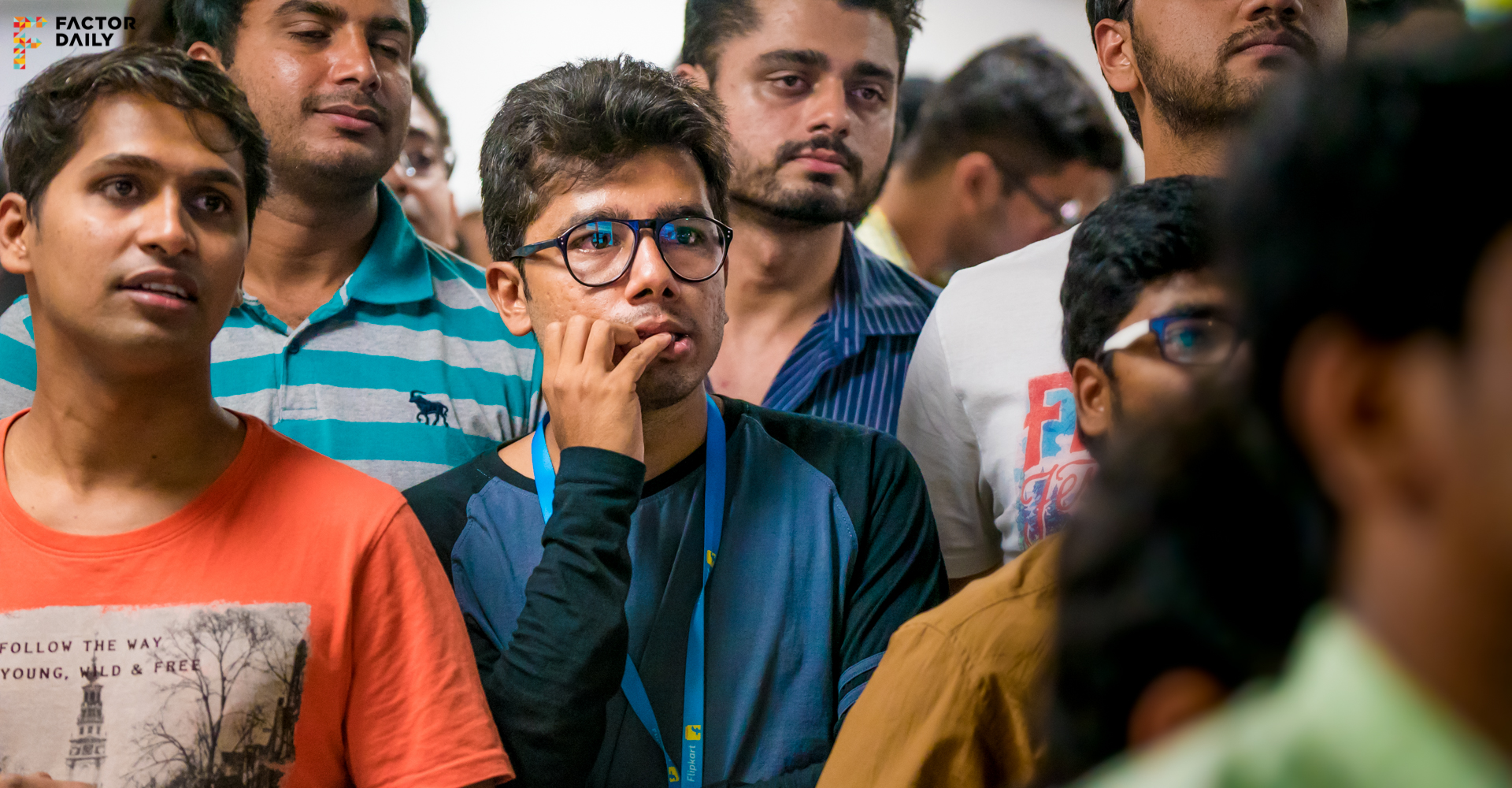
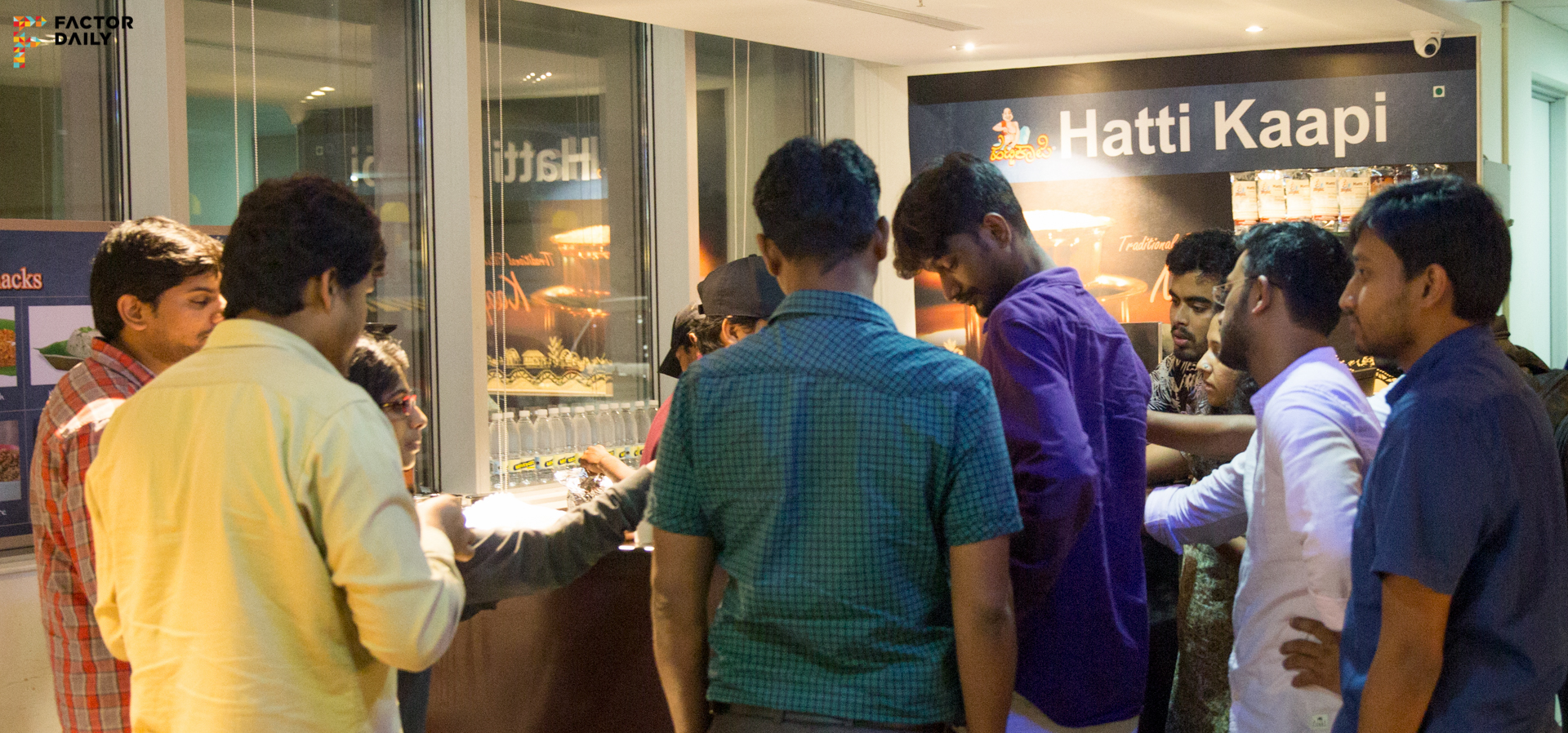

Photo: Nikhil Raj, Location: Flipkart Office, Bangalore.
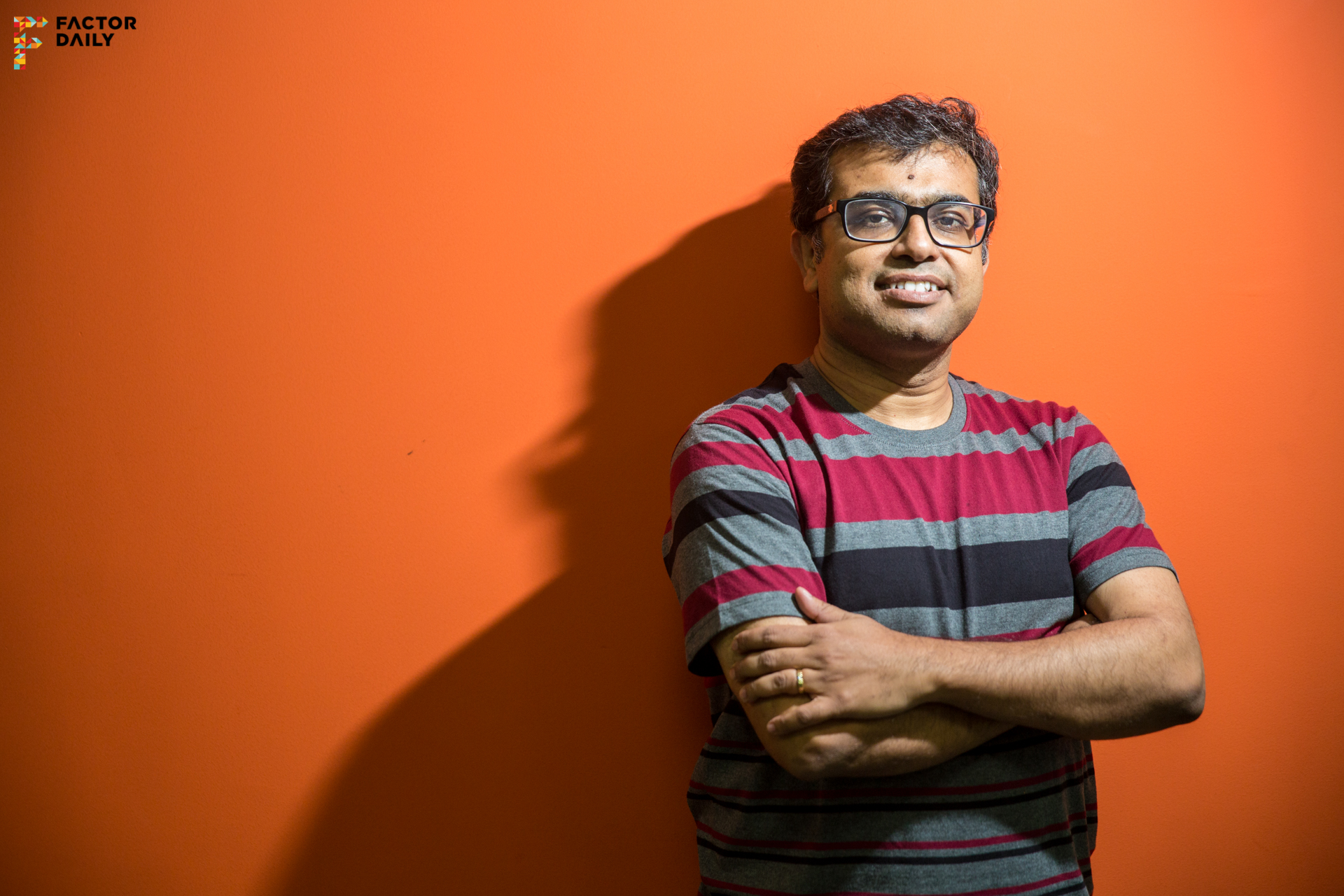
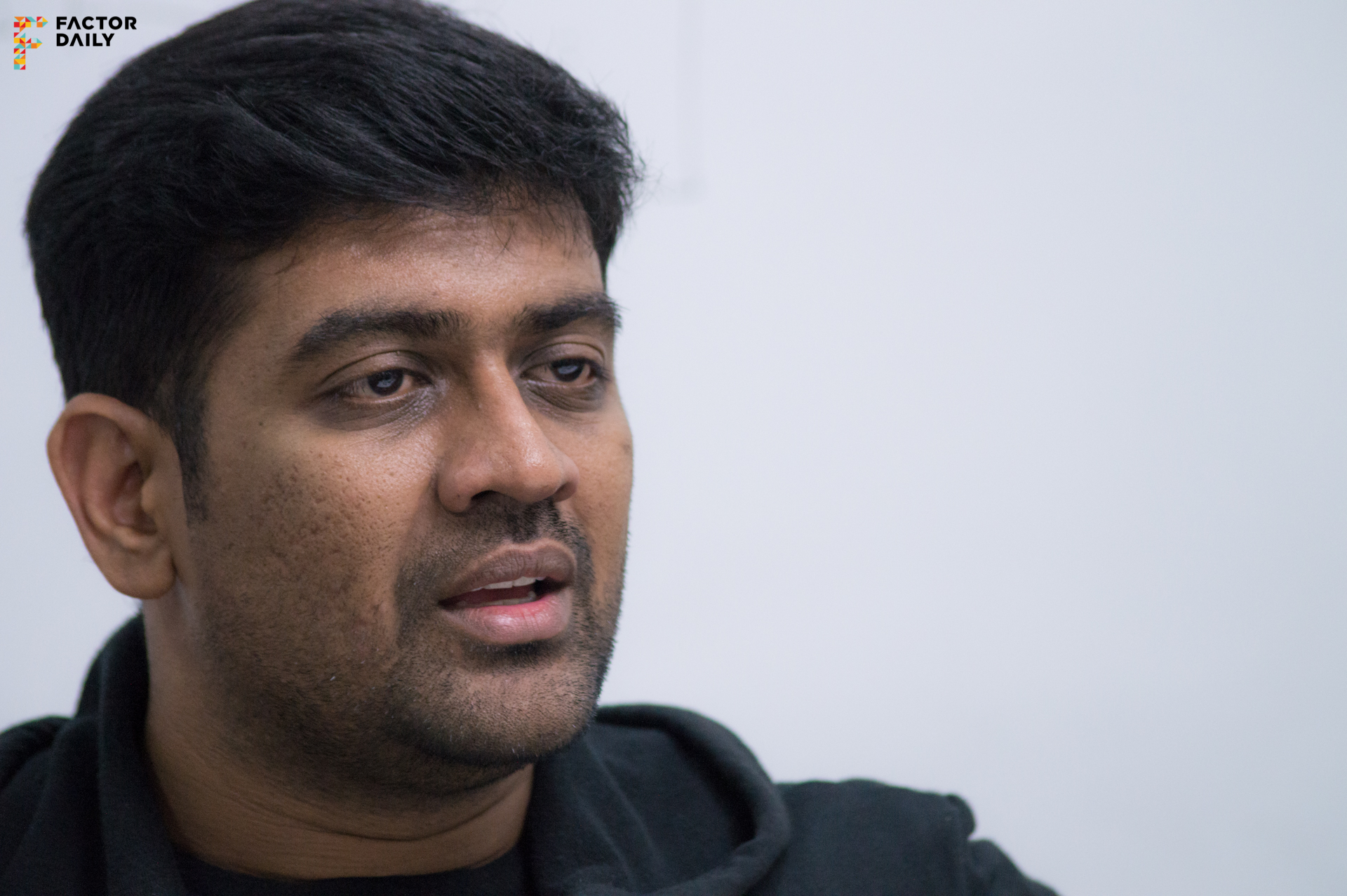
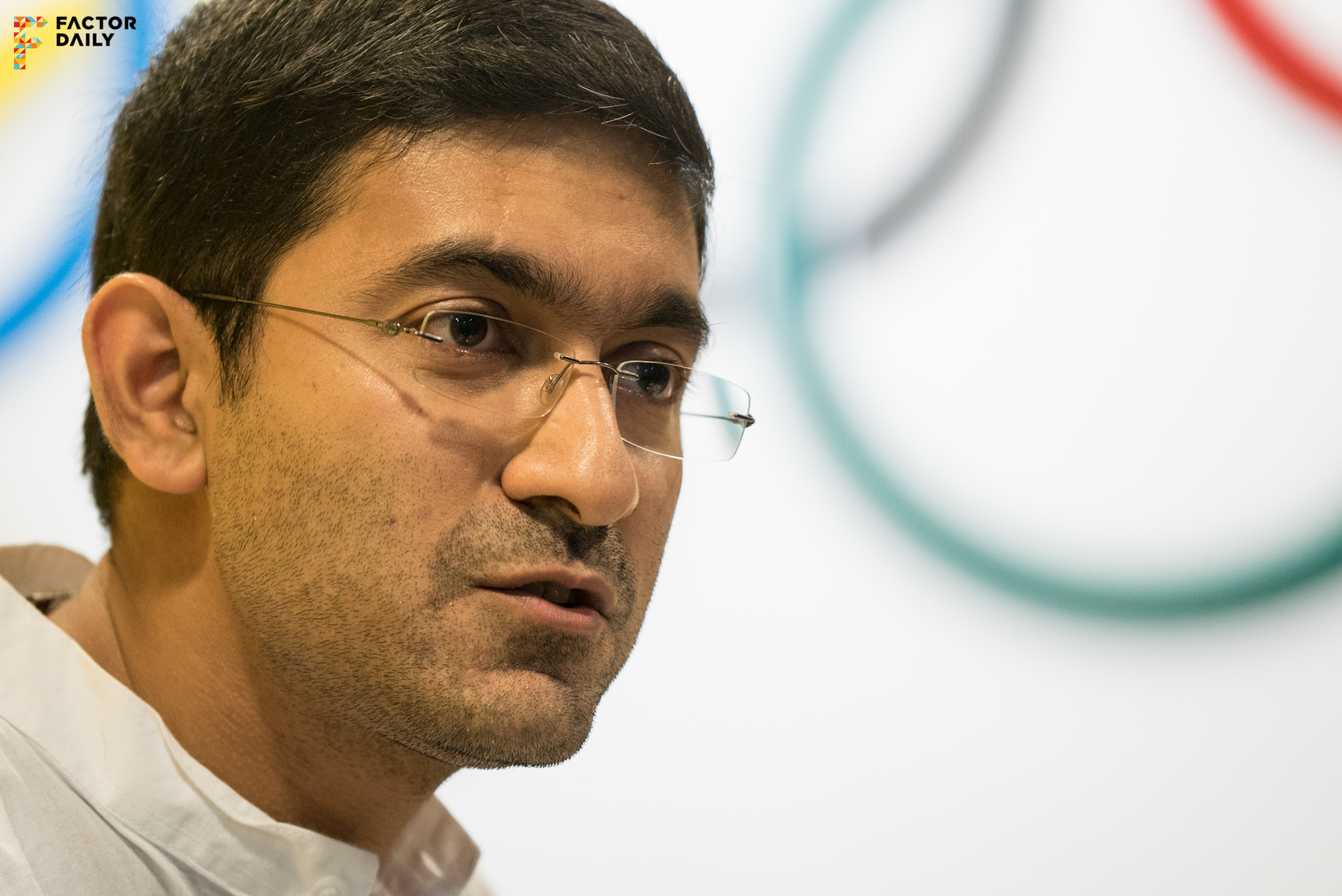
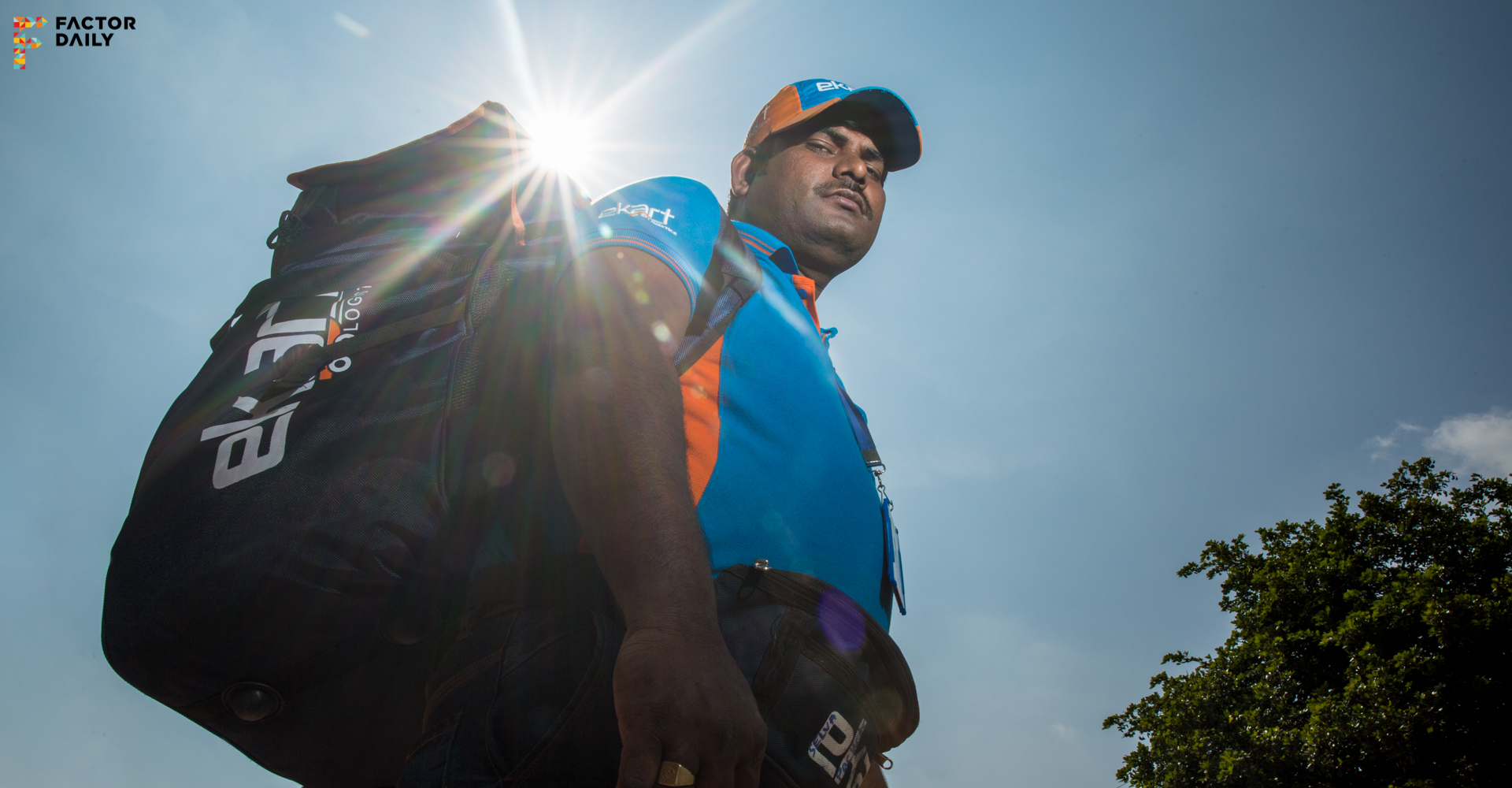
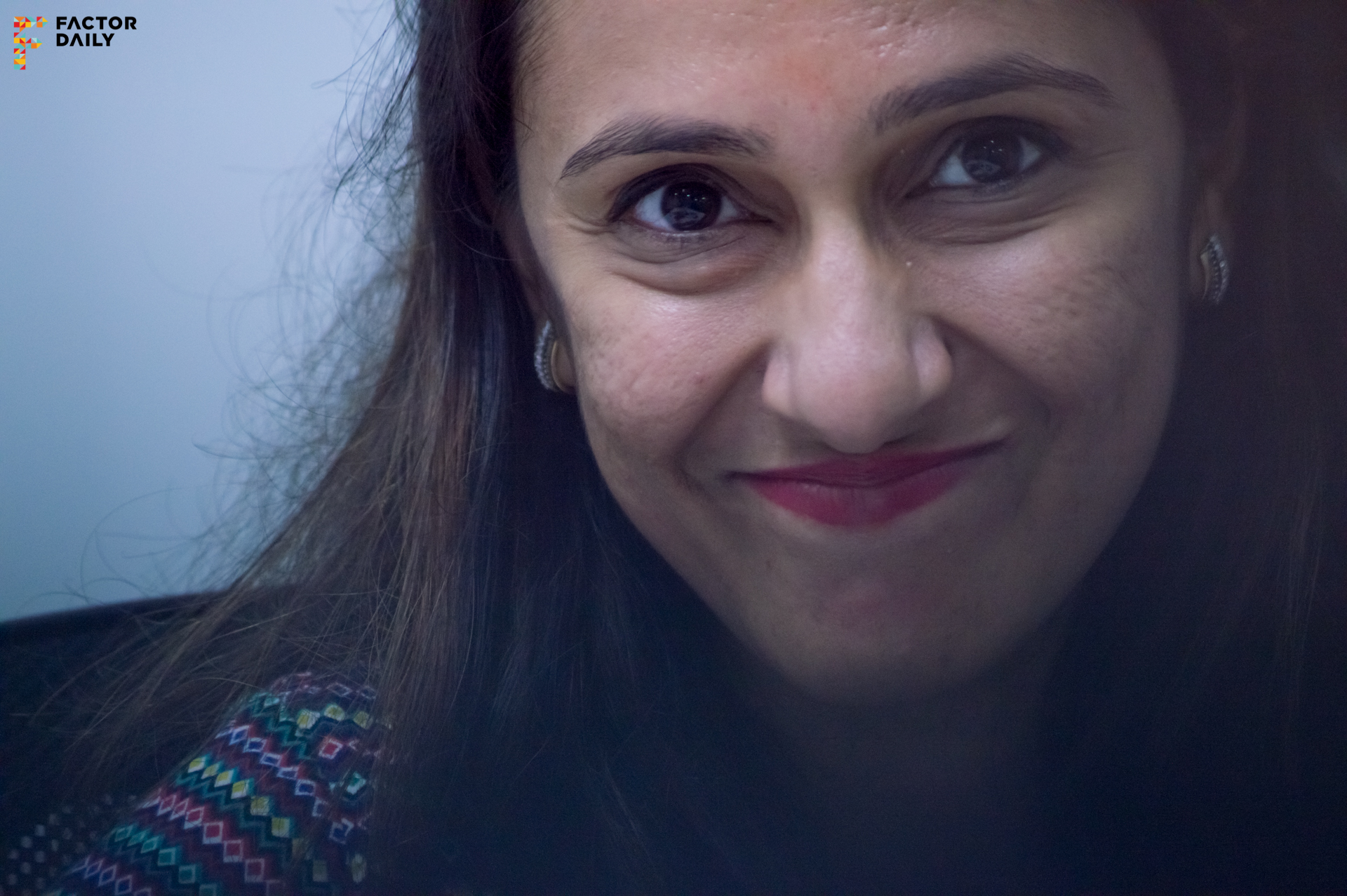
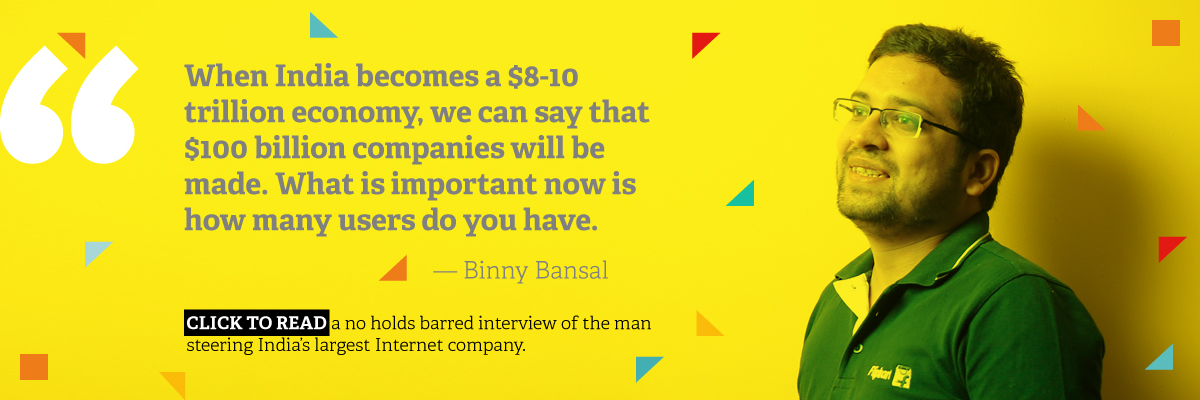
Subscribe to FactorDaily
Our daily brief keeps thousands of readers ahead of the curve. More signals, less noise.
To get more stories like this on email, click here and subscribe to our daily brief.
Disclosure: FactorDaily is owned by SourceCode Media, which counts Accel Partners, Blume Ventures and Vijay Shekhar Sharma among its investors. Accel Partners is an early investor in Flipkart. Vijay Shekhar Sharma is the founder of Paytm. None of FactorDaily’s investors have any influence on its reporting about India’s technology and startup ecosystem.








